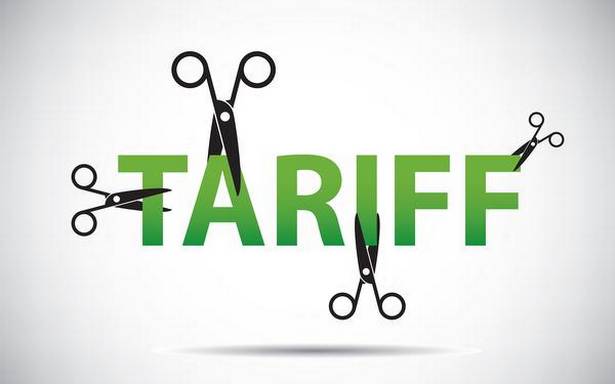Under a 16-country free trade agreement, India may slash or even eliminate tariffs on 80 per cent of Chinese items imported from China.
However, as India tries to avoid cheap Chinese goods that are flooding the country once the agreement is signed, the concessions would be less than what had been offered to other countries, which are part of the Regional Comprehensive Economic Partnership (RCEP).
The RCEP negotiations started in 2012 in the month of November and it is an FTA, which is proposed, between the 10 member states of the Association of Southeast Asian Nations (ASEAN) and its six FTA Partners, which are India, China, South Korea, Japan, Australia, and New Zealand. The officials said that India plans to slash duties on 86 per cent imports from New Zealand and Australia and 90 per cent for items from ASEAN, South Korea and Japan.
Since discussions were on with China, an official stated that the negotiations could stretch into the night and that they has not yet finalised the offer.
Tariffs on other imports from China would be reduced or eliminated over a period of 5,10, 15 and 20 years, while India would eliminate customs duties on 28 per cent of products immediately, according to the plan.
India would also get time to strengthen its domestic manufacturing because of this. To attract investments, recently itself, the government slashed taxes on new manufacturing plants to 15 per cent.
The official said that since 20 years and more, they were trying for some countries and certain products; but, there would be some items where the tariff would be eliminated immediately.
However, according to sources, with its proposal for strict rules of origin, India had hardly made much headway to prevent Chinese products from entering the country via other RCEP member states. the source country of a product is determined by the rules of origin, which is the criteria; and, based on this they are either subjected to duties or get tariff concessions. The last country from which a product was exported should do the most value addition with the help of indigenous inputs, was proposed by India.
India had a trade deficit with 11 RCEP members so strict origin norms are crucial. In 2018-19 the trade deficit with China was a huge $53.6 billion.
However, due to the auto-trigger mechanism, there has been some progress. In this, if India sees a sudden rise in imports on particular products from a partner country, to protect itself it can opt to raise duties.
According to officials, so far, India has been able to keep the controversial investor-state dispute settlement out of the trade agreement.. However, it was still being deliberated if it that would be permanently removed from the pact, they added.















